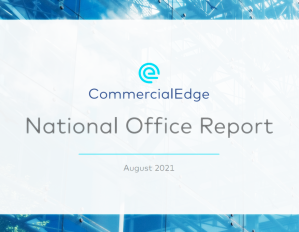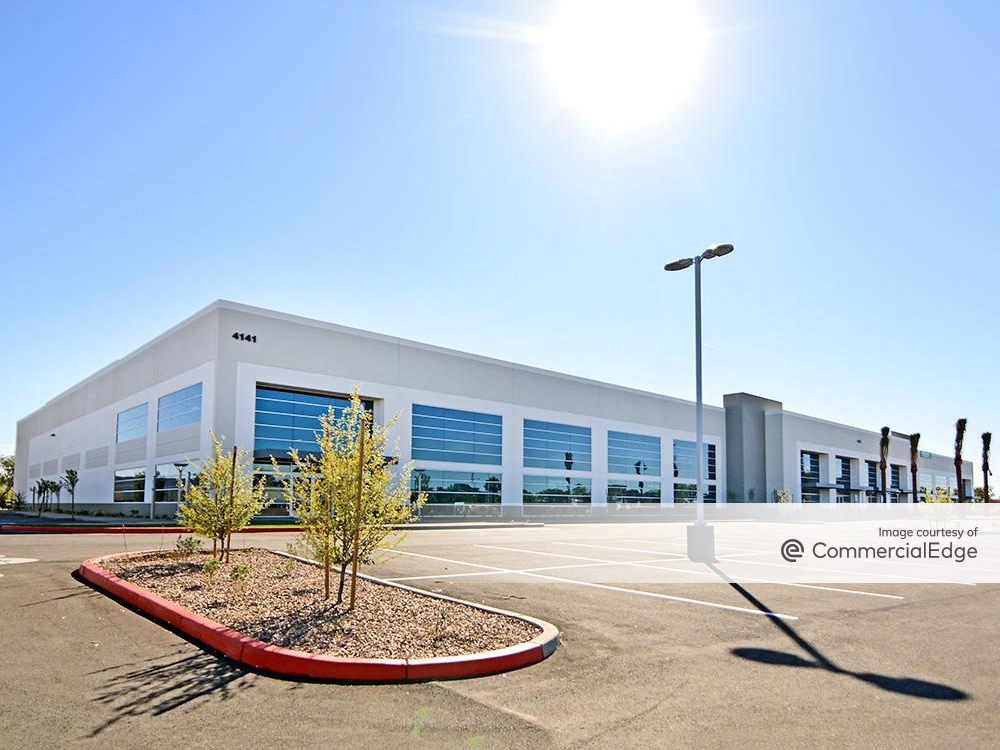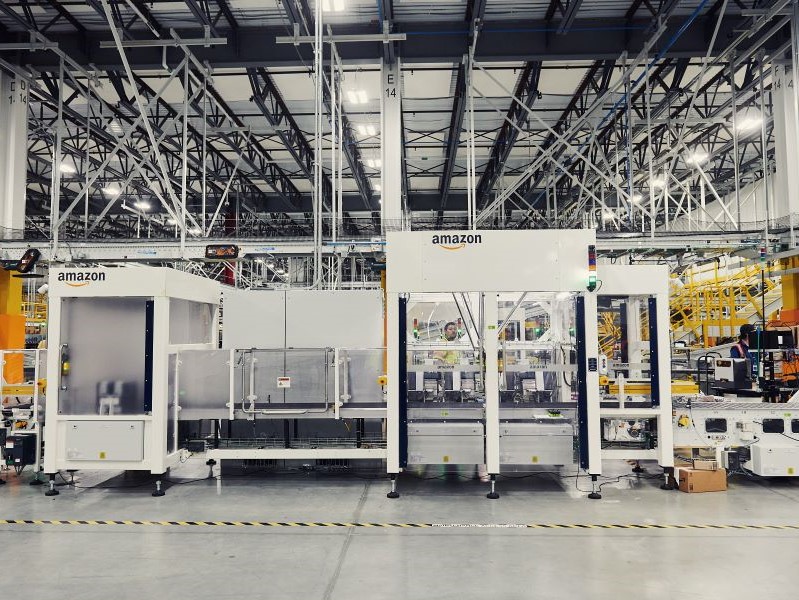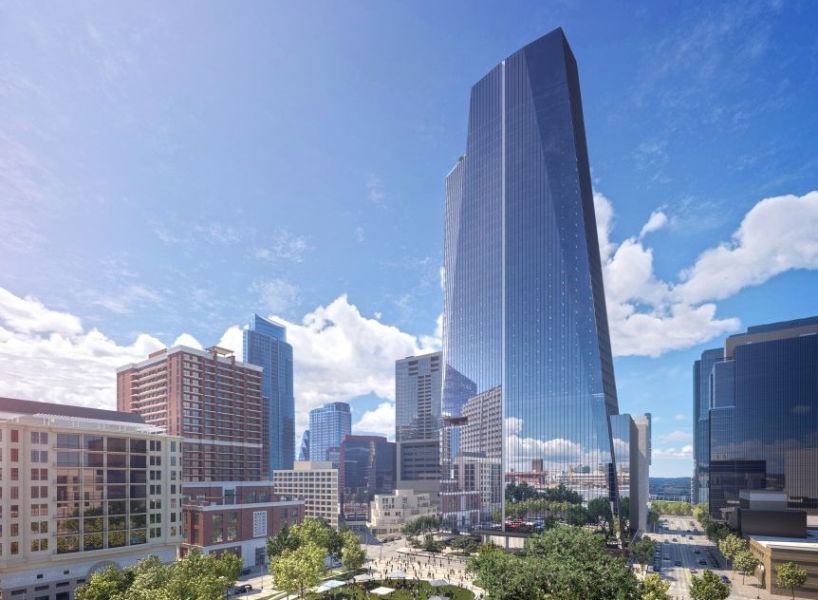Office Asking Rates Rise Amid Falling Vacancies
Only Seattle and San Francisco recorded a significant increase in office vacancy among the top 25 markets covered by CommercialEdge.
 The emerging Delta variant of COVID-19 and a low vaccination rate have halted September return-to-work plans, prompting companies including Wells Fargo, Google or Amazon to postpone their moves and once again revisit their work strategies. Despite ongoing turbulences, office transaction activity holds strong, with sales volume year-to-date in July amounting to nearly $37 billion. What’s more, recent record transactions—such as LinkedIn’s $323 million purchase of its headquarters in Sunnyvale, Calif.—reflect the ongoing importance of physical offices.
The emerging Delta variant of COVID-19 and a low vaccination rate have halted September return-to-work plans, prompting companies including Wells Fargo, Google or Amazon to postpone their moves and once again revisit their work strategies. Despite ongoing turbulences, office transaction activity holds strong, with sales volume year-to-date in July amounting to nearly $37 billion. What’s more, recent record transactions—such as LinkedIn’s $323 million purchase of its headquarters in Sunnyvale, Calif.—reflect the ongoing importance of physical offices.
Rising office rents are also an indication of continuous demand for amenitized office space. National average full-service equivalent listing rates clocked in at $38.62 per square foot in July, up 120 basis points year-over-year, or a two-cent increase from the month prior. Office rents have increased in most markets, predominantly in Los Angeles ($41.60, up 8.1 percent year-over-year).
The national office vacancy rate was 15.5 percent, 190 basis points higher year-over-year as of July; However, it was 10 basis points lower than in June 2021, which signals the end of large fluctuations in office vacancies across most markets. As an example, only two of the top 25 markets, Seattle (190 basis point-increase since March) and San Francisco (170 basis points) have recorded significant increases in vacancies recently.
The office-using sector added 106,000 new jobs in July, up 4.9 percent year-over-year. Despite the positive number, of the 120 markets covered by CommercialEdge, only nine have more office-using employees than in February 2020. Salt Lake City leads the way in this aspect, with office employment increasing by 5.4 percent from pre-pandemic levels, followed by Austin (up 4.3 percent since February 2020) and San Antonio (4.1 percent).
The active pipeline totals some 157.2 million square feet of office space, falling by more than 7 million feet (4.5 percent) since the beginning of the year. Some 34.4 million square feet was completed year-to-date in July. Only 27.1 million square feet of new office space broke ground as of the end of July, far less than the 87.1 million square feet which was started in 2019 and 61.7 million in 2020. Given this slow rate, the pipeline is expected to shrink going forward, with the drop becoming noticeable in 2024 or 2025.
Read the full CommercialEdge report, here.







You must be logged in to post a comment.